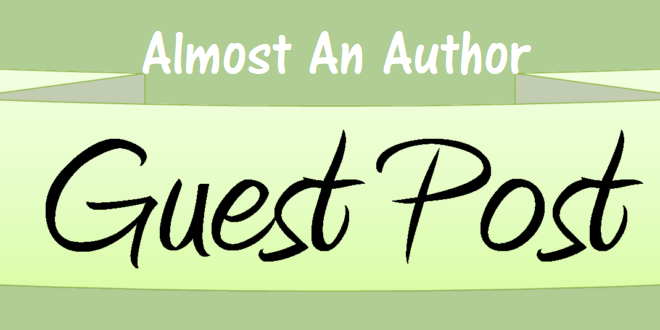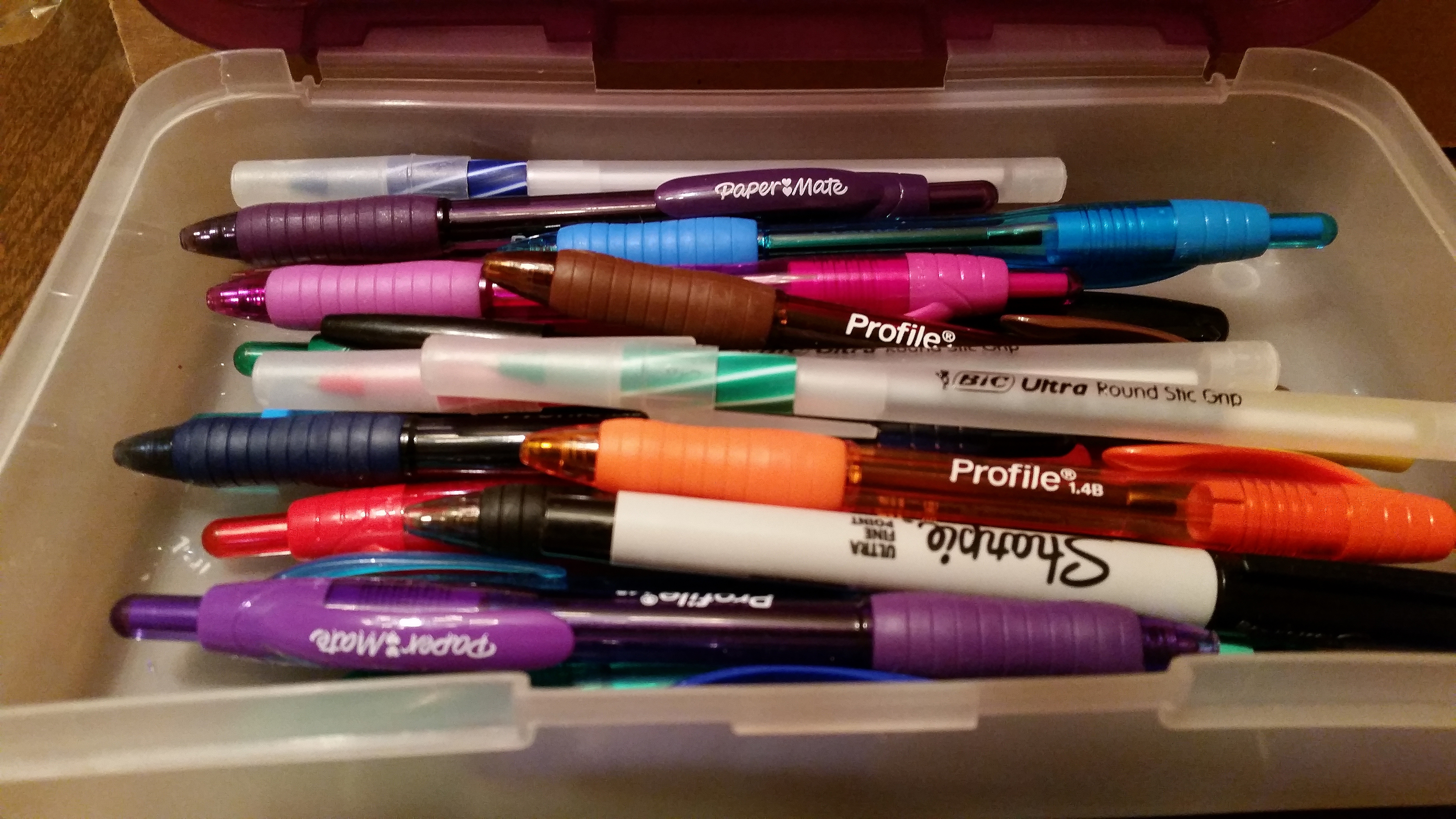
Looking Back: Early A3 Posts
Almost an Author is celebrating its third anniversary. Why not take a moment to look back at some of…
July 5, 2018
Almost an Author is celebrating its third anniversary. Why not take a moment to look back at some of…
July 5, 2018
By Doug Peterson My arm felt like it was going to fall off. I was in my forties at…
December 5, 2017Special guest April Carpenter shares how writers can take care of themselves during the hustle and bustle of the…
November 3, 2017
Last month we shared Part 1 about the categories assigned to children’s books. We’ll now share more details about…
October 21, 2017
I am the children’s pastor at my church, and yesterday was “Kids Day” during the worship service. That means…
October 6, 2017
I once heard on Dan Miller’s 48 Days podcast something along the lines of “You already know what you…
September 22, 2017
I’m old enough to remember when Olympic sprinters wore baggy shorts. But if you look at the world’s greatest…
September 15, 2017
You’ve decided to take your writing from a hobby to a professional level. That’s great, but where do you…
September 3, 2017My dream as a kid was to become an elementary teacher and write books for kids. In high school,…
August 16, 2017Fans who love Jesus and fantastic fiction will have a new and free guide when Lorehaven releases its first…
August 14, 2017
“Sorry, but I can’t make those changes to my manuscript. It’s my baby.” We cling tight to our books,…
August 8, 2017
Dana, Please tell us about your most Recent Book. DESCENDED- ULRICK is the 4th and last book in the…
July 15, 2017Insights into Going to the Dentist (This week my husband lost a crown while eating a piece of licorice—that…
June 24, 2017Please tell us about your most Recent Book STEALING LIBERTY is my young adult dystopian novel, which will be…
June 7, 2017
PENCON is hosted by The Christian Pen https://thechristianpen.com/ It has taken a year, but the new release by your favorite…
May 31, 2017
For the average writer, sight, is typically the easiest of the five senses to describe. Our world is filled…
May 17, 2017
Great authors write using the five senses. They are masters of drawing their readers deeper into the world, scene,…
April 19, 2017
As a former magazine editor and someone who has written for many publications, I’ve got good news. Every magazine…
April 12, 2017
The publishing industry doesn’t give any free passes. Ever opportunity, conversation, meeting, email, and phone call has a price.…
March 16, 2017
Many different magazine article ideas swirl around in your head. As I recently wrote, magazine ideas are everywhere. How…
March 12, 2017
As this series draws to a close, here are a couple practical exercises you can do at home to…
February 21, 2017
As a literary agent, I routinely get asked which is more important platform or the quality of the writing?…
February 20, 2017
Elaine Marie Cooper On the way to meet a friend for coffee the other day, my eye caught a…
February 7, 2017
I was one of those early readers your child psychologist warned you about. All my pals lived between…
January 11, 2017